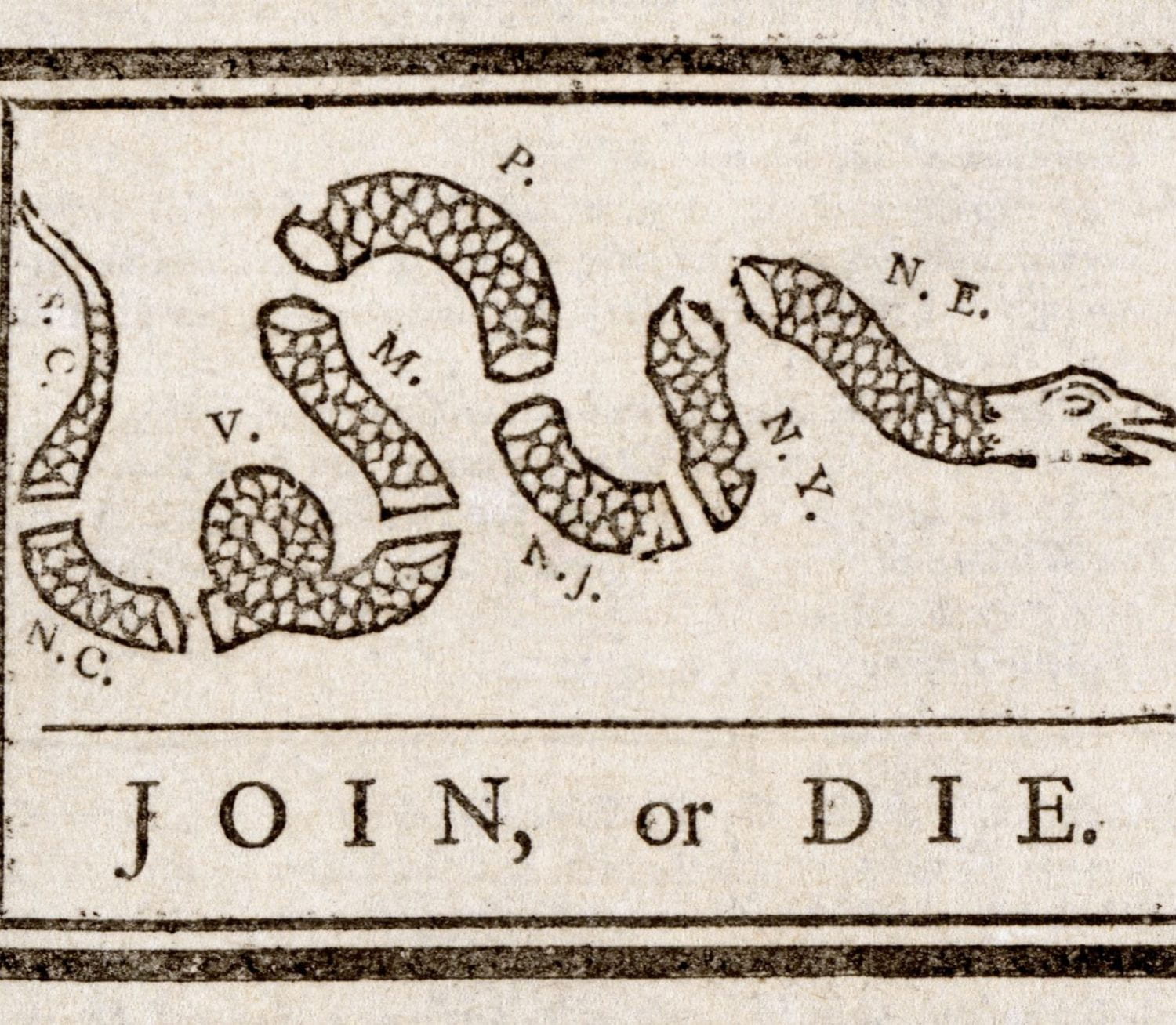By: Brooke Diemart
Unlike my first post, this is not my first rodeo looking into the Digital Public Library of America. However, I did find this particular task a little daunting since I had checked out other sites and there was so much. DPLA seemed to be easier to access information. Upon getting that information, I had looked at a couple things during this time period that related to the Revolution. I scrolled down and saw Shays’ Rebellion. This actually was very enticing to me because once it was mentioned in class from our reading of The Contrast (which I enjoyed very much – one of my favorite readings in class), I was drawn to it!

A portrait of Major General Benjamin Lincoln, a supporter of the Constitution who led a militia to suppress Shays’ Rebellion.
This illustration of Benjamin Lincoln pulled me in. So, I want to mention what I saw in the photo that intrigued me. To the left of Lincoln in the photo (right to Lincoln), it is very small, but there are soldiers who are holding up an American flag. It almost looks as if they are celebrating. I cannot help but notice the cannon that Lincoln is leaning on in the picture. He has a piece of blank paper in his hand and (I think) a glove in his other. He stands wearing a uniform that has stars at the top, representing America. I would also say that he is standing like he is distinguished. He has his arm on his hip (which seems to me confident) and his face slightly turned. That is not to say he is just posing because he very well could be. He has what seems to be a satchel around his arm swinging around to his side and a sword right in front of it. At the bottom of the picture it states, “Engraved by J.R. Smith / Major General Benjamin Lincoln/ Of the Revolutionary Army of the United States, / President of the Cincinnati of the State of Massachusetts…”. This is all I could really get from it since the type face is cursive and very hard to read.
I, a natural curious being, wanted to find out more about him. Why put these pieces particularly inside the illustration? So, I went to do research. Born on January 24, 1733, he was a Major General and very important to the Revolutionary War. This explains the American Flag and soldiers. It also explains the cannons! He played a role in Shays’ Rebellion too. Just for short review, in New England, farmers and merchants were trying to keep their businesses maintained without European trade or credit lines. In August 1786, an uprising was led by Daniel Shays in Massachusetts started from the rise of tension and lasted until 1787. This uprising was for what they thought was an oppressive tax system, political corruption, and the focus on the elites that were ignoring the issues of the lower class. Benjamin Lincoln plays a role in this, because in 1787, he led a force of militia to put an end to these uprisings.
This rebellion was one of the major influences for the Constitutional Convention in Philadelphia that took place from May 14 to September 17, 1787, in Philadelphia.

An illustration of the Constitutional Convention of 1787.
This is another image/illustration I was looking at. This illustration had a bunch of men, who were delegates helping ratify the constitution. At the table are the Committee of Detail. They were in charge of drafting. I believe that it is George Washington who is standing and holding his hand up to the crowd of delegates. This was to decide how America was governed and for the revising of the Constitution. Benjamin Lincoln had been chosen to be a delegate here and vote to ratify the Constitution (thanks to his stance in the rebellion). Overall, this entire meeting helped shape the United States Constitution! I found all this super interesting and important to know! I have gained a better understanding of both Shays’ Rebellion and the Constitutional Convention.

